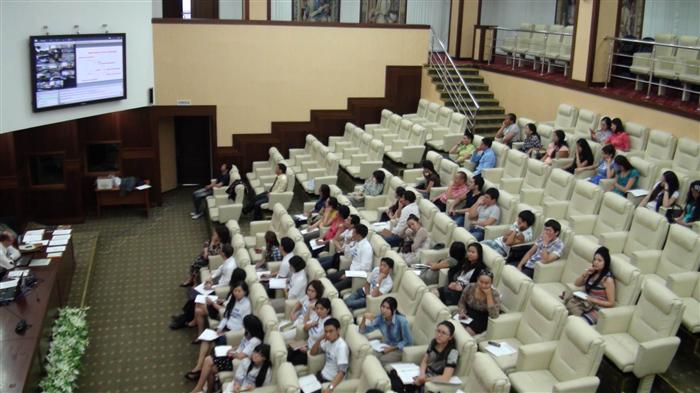It would surprise you that distance education started as early as mid-19th century Europe and the United States. During those times, the best technology that the distance education pioneers can use was the postal system. Today, distance education has become increasingly popular and one of the reasons is the technology we have available, the internet.
To open educational opportunities to people who wanted to learn but are not able to attend conventional schools, distance education was established. Geographical or time concerns are mainly the reasons that prevent the student from attending an on-campus course. This gap is bridged by electronic means and by distributing educational materials through distance learning programs using printed and mailed materials.
Today, most distance education takes place using the internet because it is the vastly accessible means for majority of the students. Through the internet, the learning materials can be distributed, students can keep in touch with teachers, and provide access to communication between students. Other technological formats are also used in distance learning like television, DVDs, teleconferencing, and printable material. However, distance education through the web is the first choice for many learners.
Distance education makes it much easier for a student to complete a degree or get additional job-training while balancing work and family commitments because class work hours are flexible. Most distance education programs allow their students to work at their own pace and on their own time. Distance learning is also great for students who do not have readily available access to educational facilities or those who want to explore opportunities not offered by their local schools.
In the past decade, distance education has become an increasingly popular way for students to learn about topics and get degrees they might not otherwise be able to pursue. And this allow students to enhance career prospects wherever they may be.
